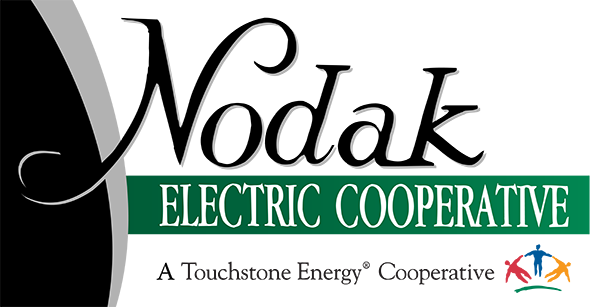We use lights for sight, decoration and security, so it’s no wonder why lighting can account for as much as 20% of our annual electrical bills. Here are some tips for saving electricity – and money – with your home lighting.
- Replace your CFLs or incandescent lights with LEDs. Replacing your fluorescent or incandescent lights, especially those that burn for more than one hour per day, with LED (light emitting diode) bulbs can cut lighting costs dramatically. While, in some cases, LEDs may be most expensive upfront, the lifespan of the bulb will make it more economical in the long run. Plus, the cost of LEDs continues to drop.
- Compare lumens when deciding on which light bulb is right for you. Lumens is the measurement of light produced, while wattage is the amount of energy needed to light the bulb. For instance, an energy-saving bulb can create the same amount of lumens as a traditional bulb but will use 75% less energy.
- Turn off the lights when you leave a room, even if you will return in a few minutes. It’s not true that there is a surge of power when a bulb is turned on. A bulb that is turned on for only one second uses only one second’s worth of energy. Therefore, it is worse to leave a light on rather than turn it on and off several times.
- Consider using motion-sensor lighting, which can be great in rooms where lights frequently get left on, such as a child’s playroom, or outdoors areas. Door jam switches, in which opening the door triggers the light to turn on, are also great lighting energy-savers for closets or pantries.
- Incorporate dimmers. They can help you use less energy, and they are a great way to create a certain ambience by providing a range of light output.
- Maximize your use of natural light. Think about rearranging furniture to make better use of the natural light. You can also paint your walls a lighter color and incorporate mirrors into your decor to brighten things up. And don’t forget to clean your windows. It can be surprisingly at how much you can improve the natural light in your home with a quick window cleaning.
- Use multiple switches. Some areas, such as family rooms, require high-level lighting only part of the time. Energy can be saved by installing fixtures on two or three circuits so that the level of illumination can be controlled. Lamps that use three-way bulbs can provide the same function.
- Make use of lamps. Oftentimes, a lamp will provide you with a sufficient amount of light at a lower cost than an overhead light.
